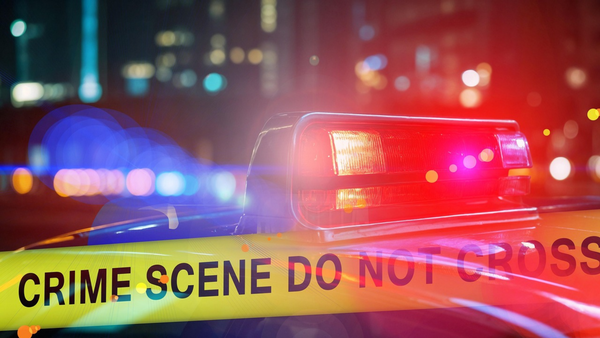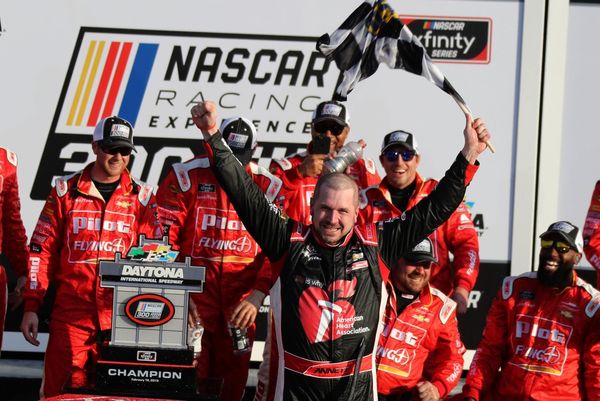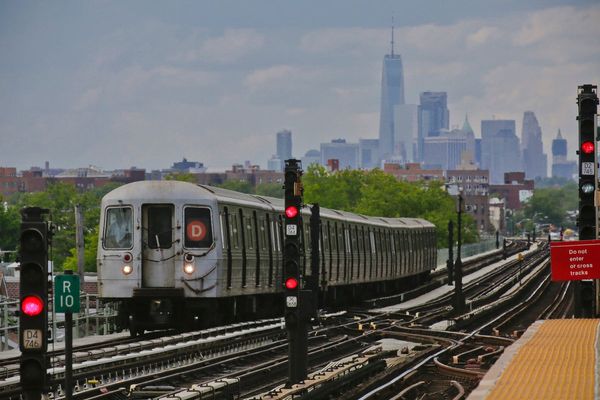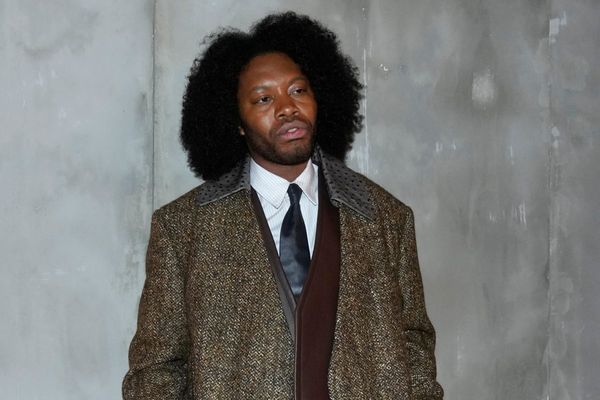Authorities investigated a possible connection between the New Orleans terrorist and the driver in a Cybertruck explosion in Las vegas after it emerged both had military experience.
Investigators are still trying to determine what motivated Army veteran Shamsud-Din Jabbar, 42, to plow into a crowd of New Year’s revelers while flying an ISIS flag from his truck, killing 15 people and injuring 30 more before dying in a shootout with police.
FBI officials initially said they were focused on whether Jabbar, who had once served in Afghanistan, had any help in planning the deadly attack and whether it was linked to the explosion in Las Vegas. On Thursday, they confirmed he acted alone.
A Tesla Cybertruck exploded outside the Trump International Hotel, killing Matthew Livelsberger and injuring seven others, just weeks before President-elect Donald Trump returns to the White House on January 20.
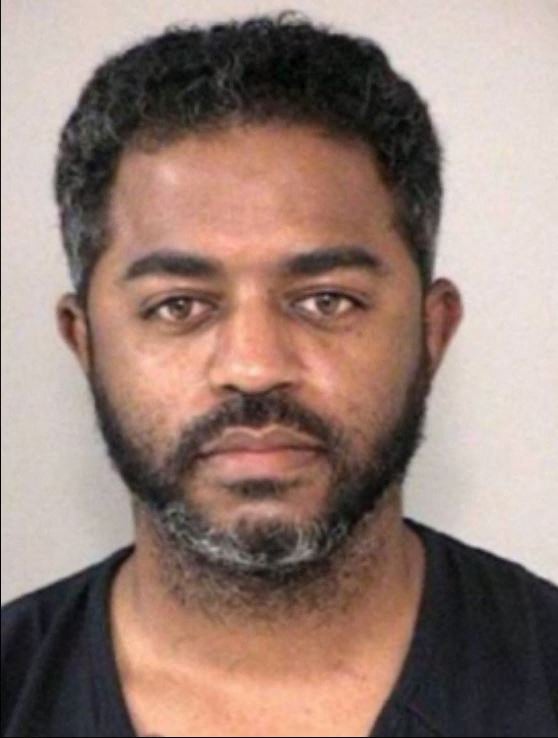
In an evening address, President Joe Biden said the White House was tracking the incidents and law enforcement was investigating "whether there’s any possible connection with the attack in New Orleans."
On Thursday, the FBI said that there was “no definitive link” between the two incidents, but that investigations were still in the early stages.
“We are following up on all potential leads and not ruling everything out,” Christopher Raia, the FBI’s Deputy Assistant Director of its Counter Terrorist Division said. “However, at this point, there is no definitive link between the attack here in New Orleans and the one in Las Vegas.”
Livelsberger is thought to have died in the blast, but police are yet to officially confirm the identity of the deceased.
Multiple informed sources told ABC affiliate Denver 7 and KOAA News that Livelsberger, 37, was a former Army veteran of Colorado Springs, who served on the same military base as Jabbar.
Police said both men used the same car-sharing app Turo to rent the vehicles used in the attacks.
Firework mortars and camp fuel canisters were also found inside the truck, with Las Vegas County Sheriff Kevin McMahill telling a press conference that officials are “very well aware” of the New Orleans attack.
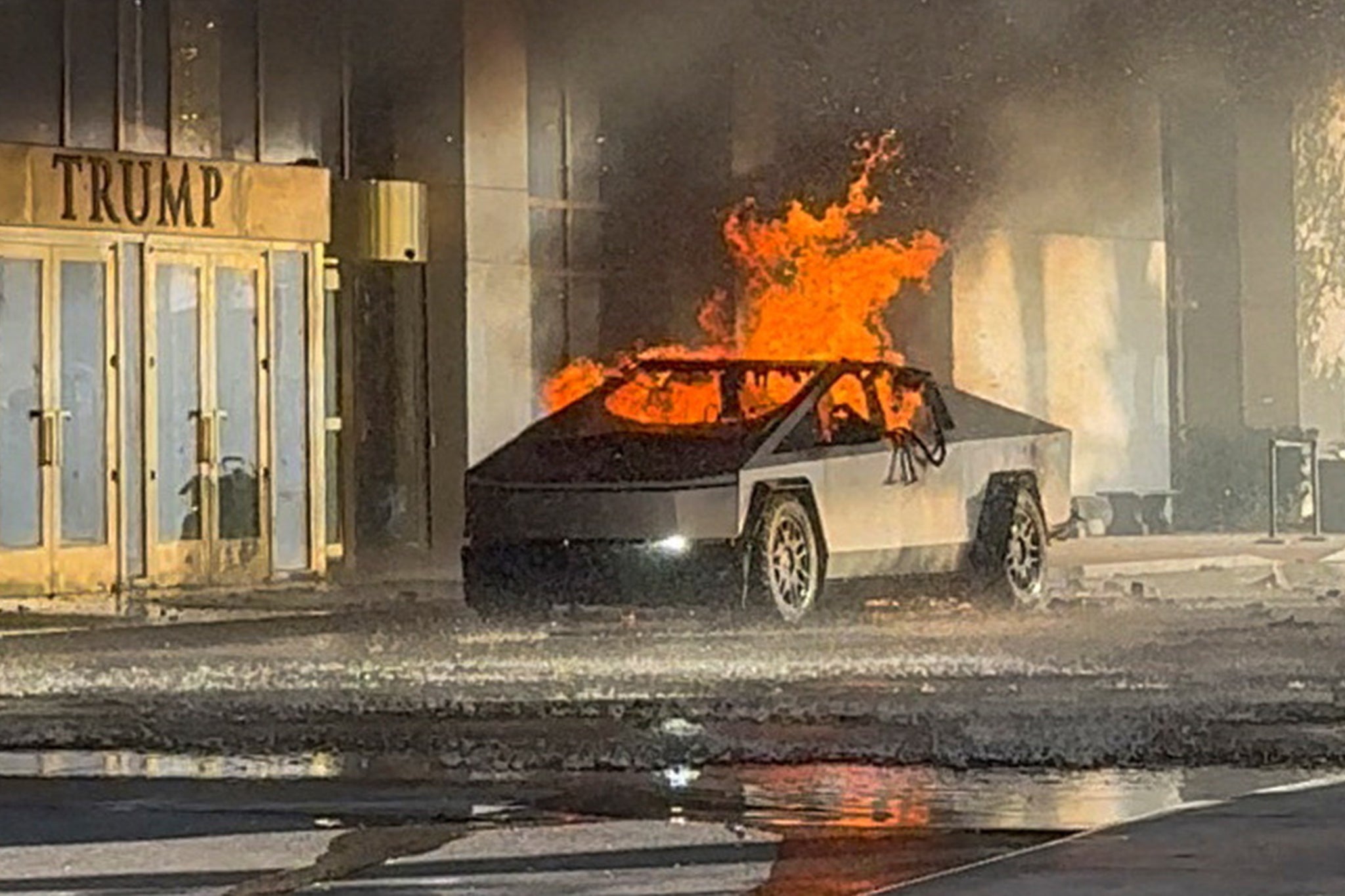
In New Orleans, party-goers on the city’s busy Bourbon Street, which is famed for its nightlife, packed the streets when Jabbar’s vehicle steered past bollard and “defeated” safety measures carry out the attack, police said.
Guns and an improvised explosive device were discovered in the vehicle — which bore the flag of the Islamic State group — along with other explosive devices elsewhere in the city’s famed French Quarter.
The attack is the latest example of a vehicle being used as a weapon to carry out mass violence and the deadliest ISIS-inspired assault on U.S. soil in years.
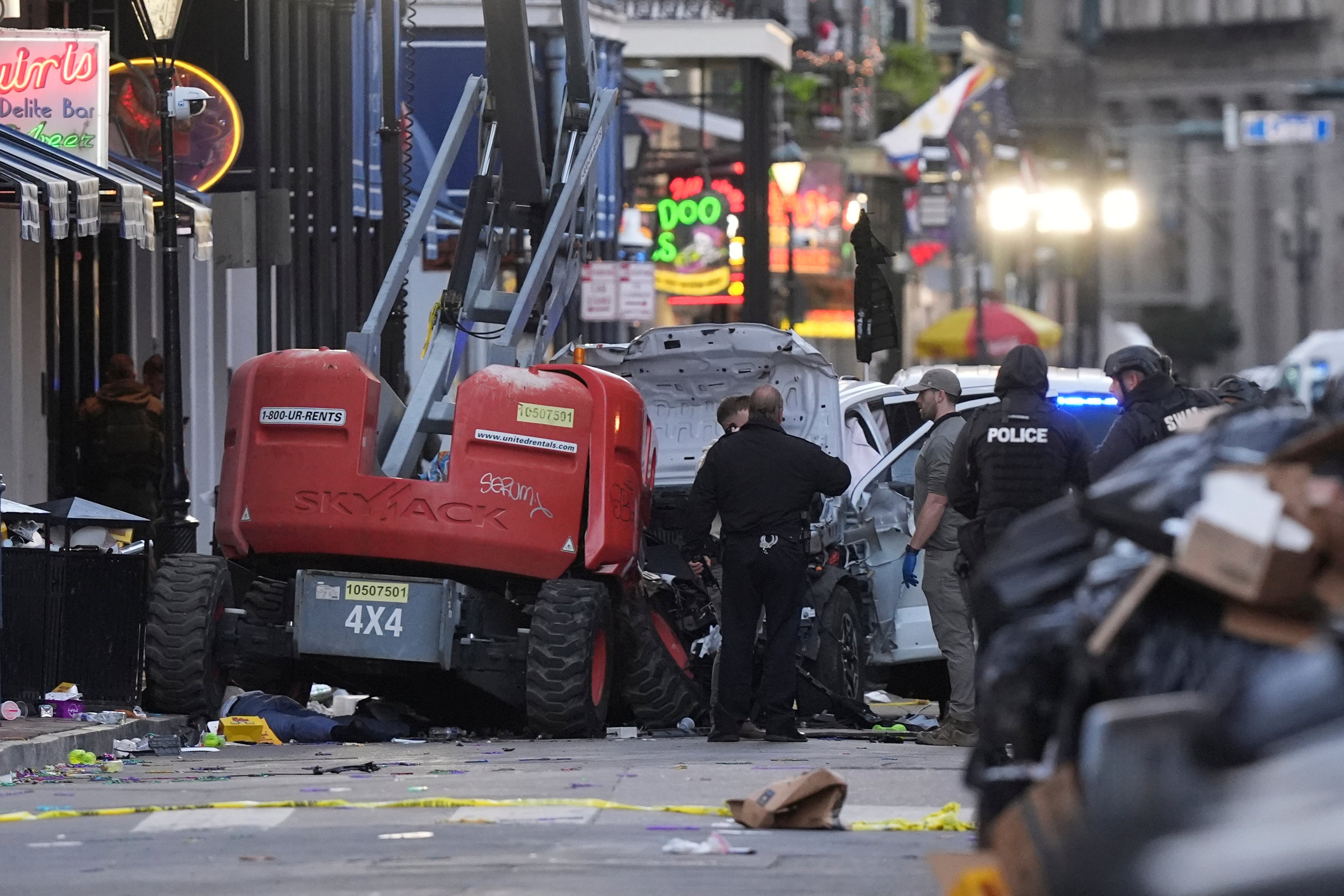
Investigators found multiple improvised explosives, including two pipe bombs that were concealed within coolers and wired for remote detonation, authorities said.
The Associated Press reported on Wednesday that police had surveillance footage showing three men and a woman placing one of the devices. Investigators later clarified that the terror suspect acted alone and planted the devices.
On Thursday authorities confimed that Jabbar was the only suspect in the deadly incident. “We do not assess at this point that anyone else is involved in this attack except for Shamsud-Din Jabbar,” Raia, said.
Jabbar joined the Army in 2007, serving on active duty in human resources and information technology and deploying to Afghanistan from 2009 to 2010, the service said. He transferred to the Army Reserve in 2015 and left in 2020 with the rank of staff sergeant.
He is a U.S. citizen from Texas.
